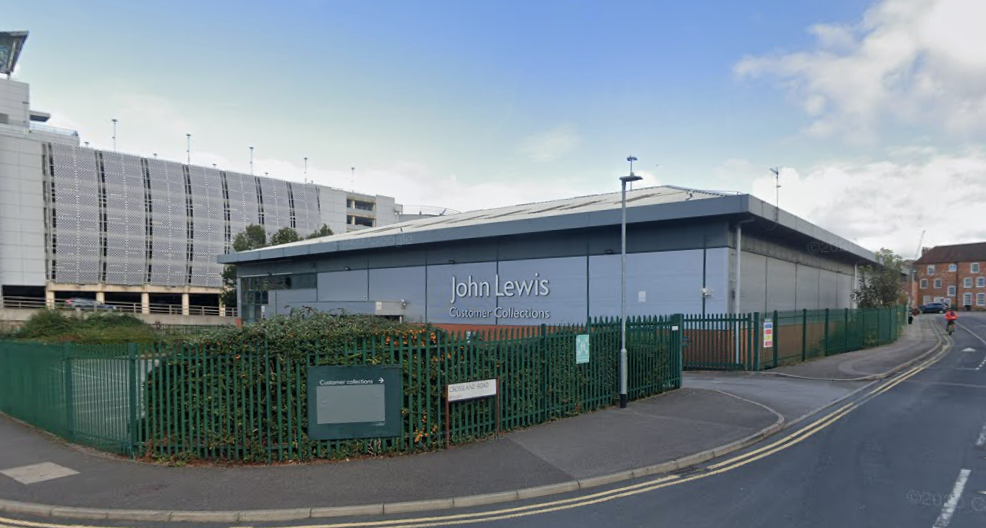John Lewis Partnership’s (JLP) first venture into the Build-to-Rent (BTR) housing market is set to include redeveloping its former collections warehouse off Mill Lane in Reading.
It is one of three sites the partnership has announced plans to build at. Others are to be built over Waitrose stores in Bromley and West Ealing.
John Lewis says it will both build and manage the housing schemes.
Public consultation will begin in the next few months on the Bromley and West Ealing sites with planning applications likely next year. Consultation on the Reading site is set for later this year.
The three locations are the first to be announced in the partnership’s plan to deliver 10,000 homes over the next 10 years. Half will be at sites within the company’s own property portfolio.
It’s part of a long-term plan for 40 per cent of profits to come from outside retail by 2030.
John Lewis says its homes will be built to its high standards and be of different sizes with options for long or short tenures and whether to have the homes furnished with John Lewis furniture. There will be shared spaces within the schemes.
Nina Bhatia, executive director for strategy and commercial development, said: “Everything people love about our brand – quality, trust and service – we want to bring to the experience of renting a home with us.
“Our role as developer and operator, as well as an already established local business and employer, signals our ambition to bring long-term value to each of these communities.
“Helping to create homes has always been at the heart of what we do and we now have a unique opportunity to use our expertise and skills in new ways to deliver much-needed new housing.”
Mike Shearn, chief operating officer for Thames Tap partner Haslams Estate Agent, said: “JLP’s announcement of another potential BTR scheme in Reading reflects the town’s status as a rental and economic hotspot.
“From an investment perspective it ticks all of the boxes and makes perfect sense. Interestingly, the John Lewis brand resonates with older demographics and these segments are not typical BTR customers that buy into the subscription lifestyle. This will be part of their strategy to become more relevant to a wider audience as well as diversifying into new markets.
“The BTR business model is all about building communities rather than buildings. It’s all about people, service and experience which JLP are masters at. This is what adds BTR value. The customer proposition will therefore be key as will its positioning in an increasingly competitive BTR market in Reading. This is where local knowledge is key and why the likes of Ropemaker (BP’s pension fund) and Patrizia have used our services as advisor.
“The wall of cash flooding into BTR as a new asset class is welcome but it is a long way from achieving the Government’s objectives. Yes it will undoubtedly provide hundreds of thousands of new rental units – most of which will be of an extremely high quality – but there are real costs.
“Most obviously, I have yet to see any BTR development priced at the level of the prevailing market. This is because of the additional costs associated with running BTR schemes especially staff. This will change. I believe that ultimately there will be BTR no frills offerings more akin to private rented sector (PRS), but this may not be for some time.
“Until then, the Government needs to look after private landlords rather than beating them up. The market desperately needs them and their stock. They play a critical role as does BTR. More BTR stock from JLP is welcomed especially by those who can afford it – of which there are many – but we need to ensure that the PRS stock also increases to help the majority of renters.”
Image: Google.
© Thames Tap (powered by ukpropertyforums.com).
Sign up to receive your free weekly Thames Tap journal here.











